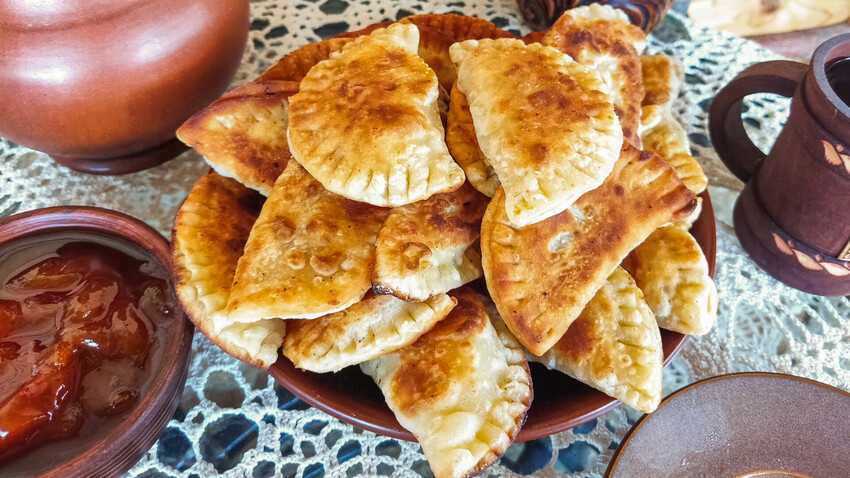
Take a bite of this delicious sweet pastry that’s a symbol of hospitality and love in the Karelian region of Russia – “pies for a son-in-law”.
Olga BrovkinaThe history of Karelian pies goes back centuries. The region of Karelia, located in the northwest of Russia, has a rich culinary tradition influenced by its location on the border between Russia and Finland. The pies were originally made with a savory filling of rice, potatoes, or mushrooms and were a staple food for Karelian farmers.
However, the sweet version of Karelian pies, known as “pies for a son-in-law”, is a relatively recent addition to Karelian cuisine. Legend has it that in the 18th century a bride's mother wanted to impress her daughter's future family with her cooking skills. She made sweet pies filled with sugar, and they were an instant hit. The husband's family loved the pies so much that they started calling them “pies for a son-in-law”.
However, “pies for a son-in-law” are not just a symbol of familial love. They were also used for other purposes, such as celebrating the completion of a house or the end of the harvest season. In these cases, the pies were baked in large quantities and served to the workers who helped with the construction or the harvest.
The recipe for these pies is quite simple. The dough is usually made with rye flour, but you can also use wheat flour. The filling is usually made with sugar, but some variations also include rice, milk, butter, sugar, and raisins combined. The pies can be served warm or cold and are often enjoyed with a cup of hot tea.
Making “pies for a son-in-law” can be a time-consuming process and it requires patience and skill. The dough is rolled out thin and then cut into circles. The filling is spooned onto one half of the circle, and then the other half is folded over to create the half-moon shape. The edges are then crimped together to seal the pie. Finally, the pies are baked in the oven until golden brown. There's also a variation of frying them on a pan. Let's cook them together today.
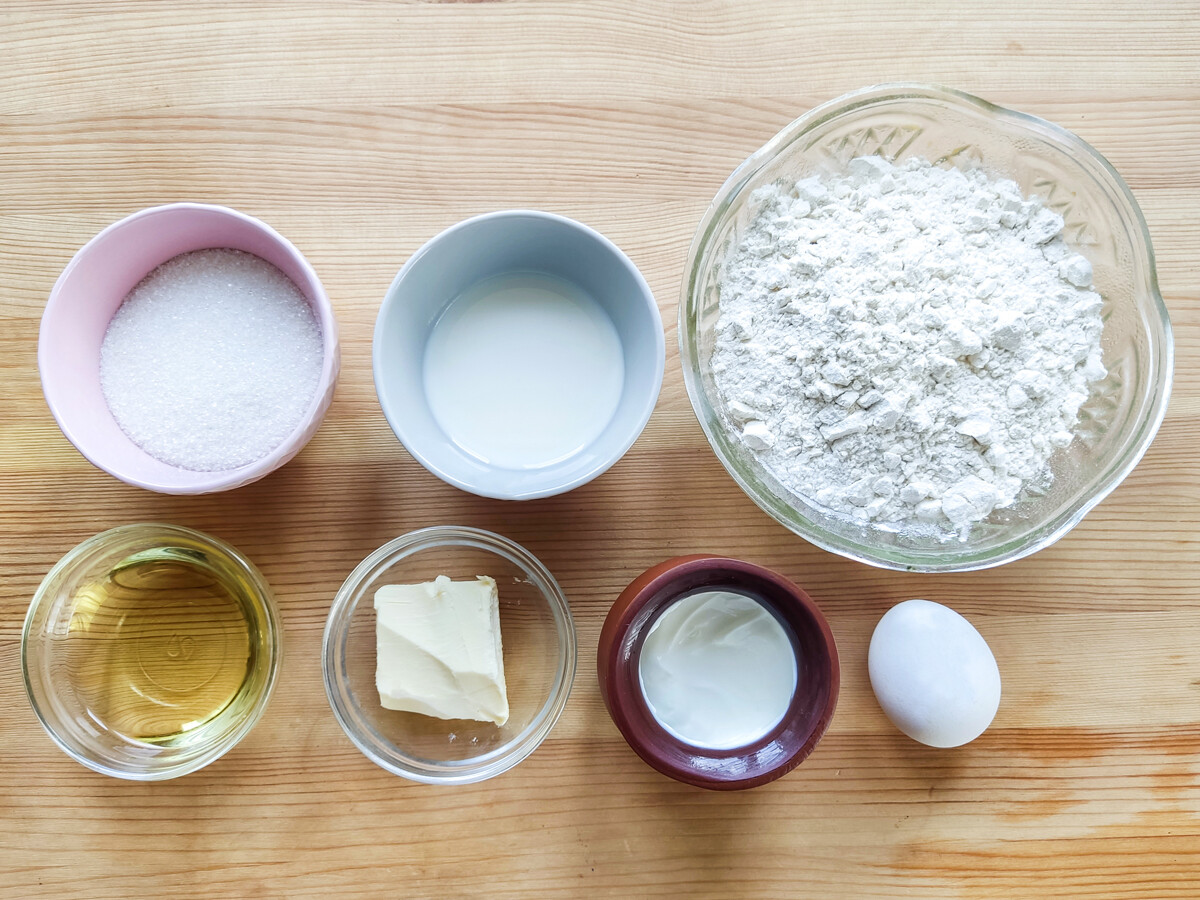
1. Prepare unleavened dough. Beat the egg with a whisk.

2. Then add sour cream, milk, 1 tbsp of sugar, a pinch of salt and melted butter.
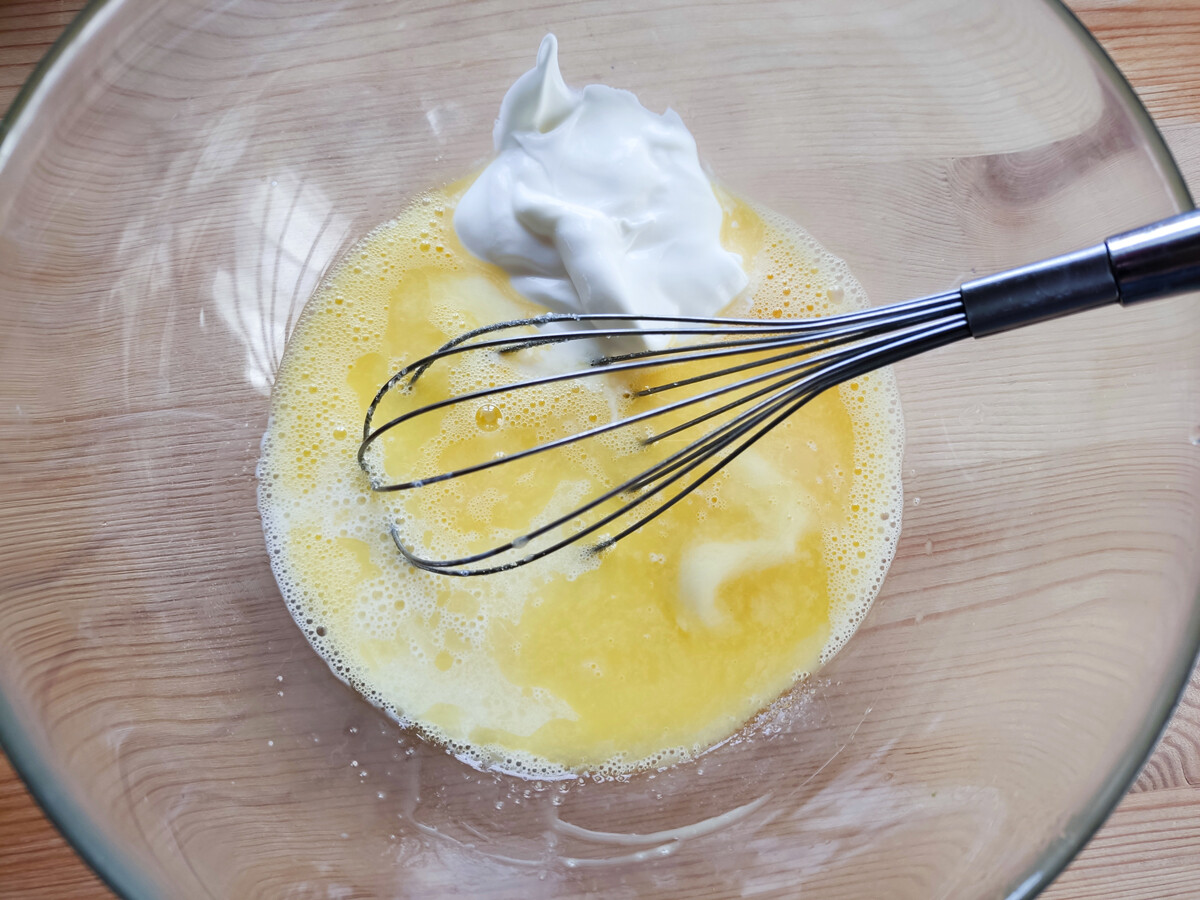
3. Gradually add flour, kneading the soft dough until it begins to come off your hands (within 3-5 minutes).
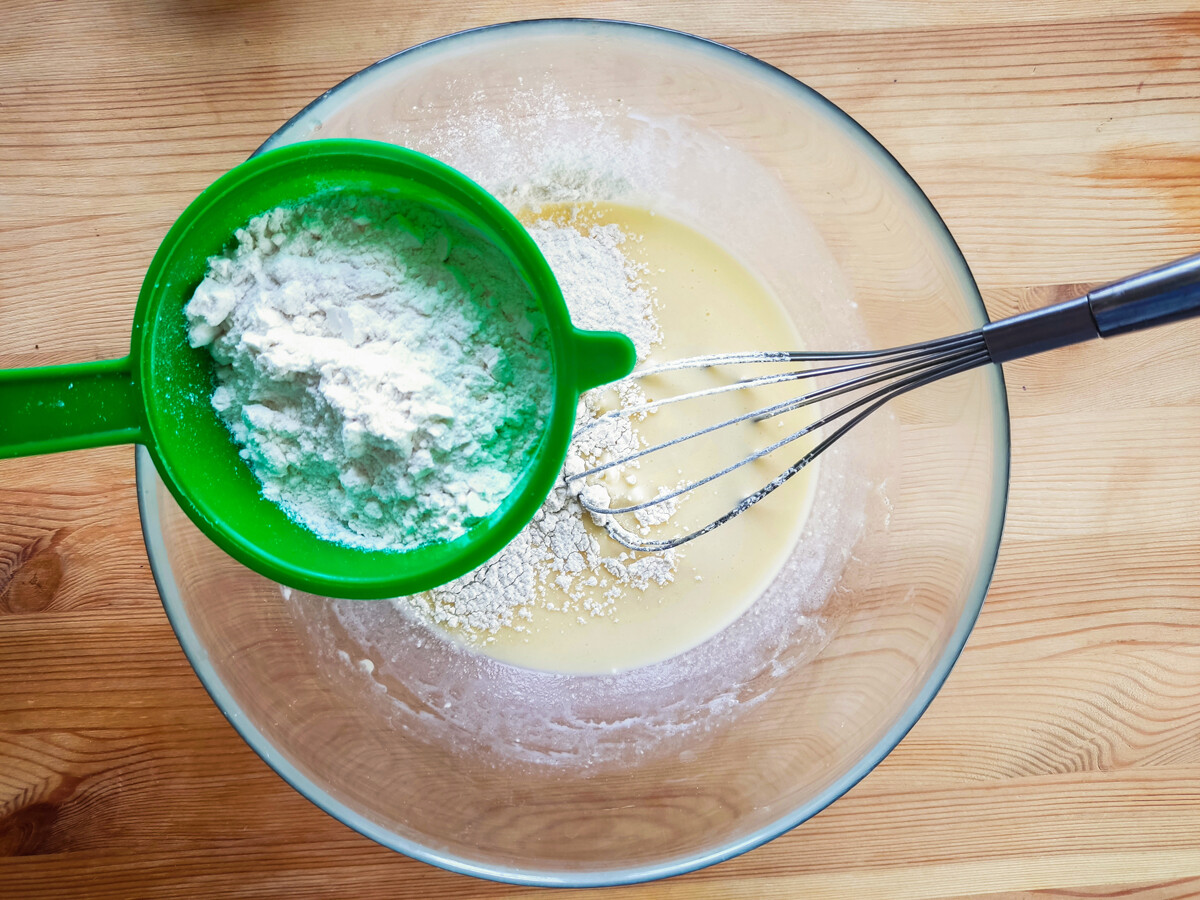
4. Let it sit for 10-15 minutes under the towel.
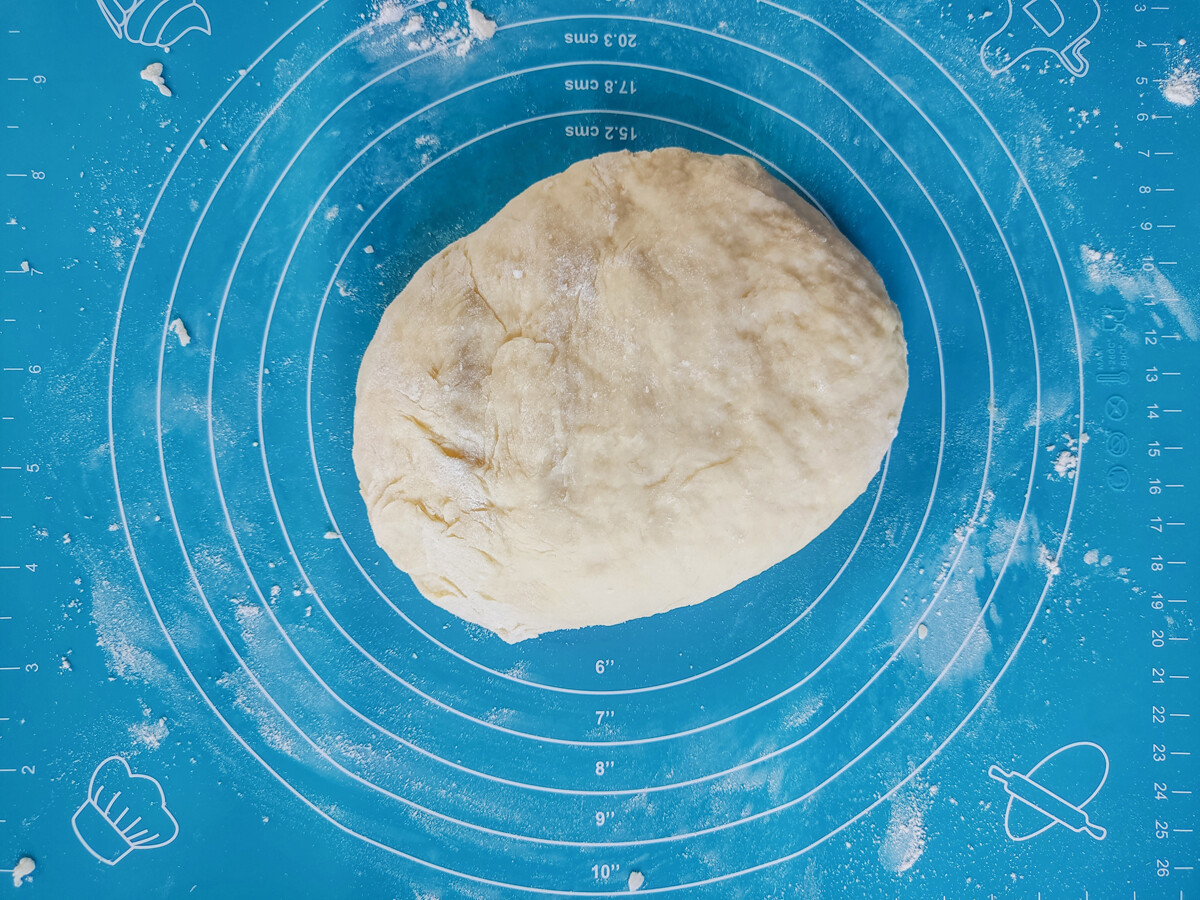
5. Roll the dough into a sausage and cut into equal pieces. You should get 18-20 pieces.
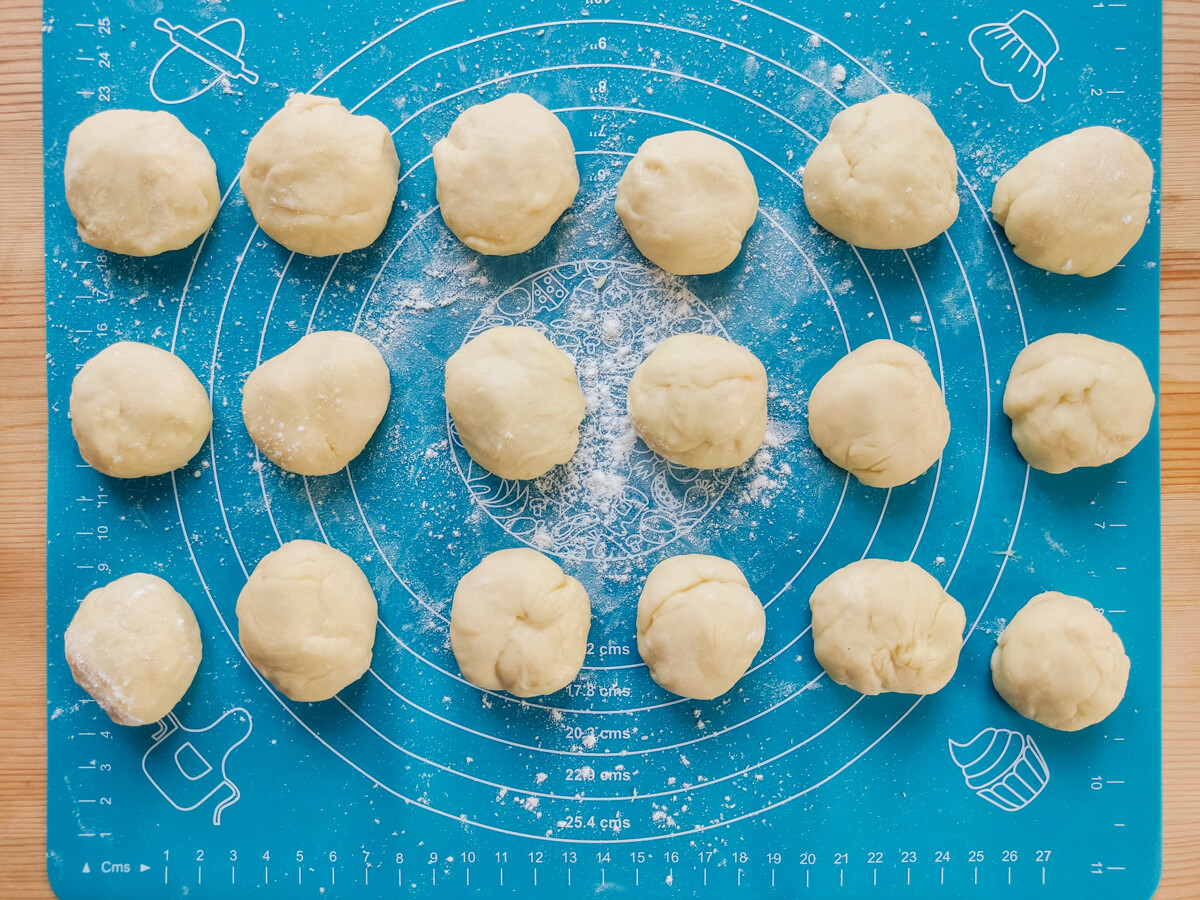
6. Roll out thin circles, sprinkle with flour so that they do not stick together.
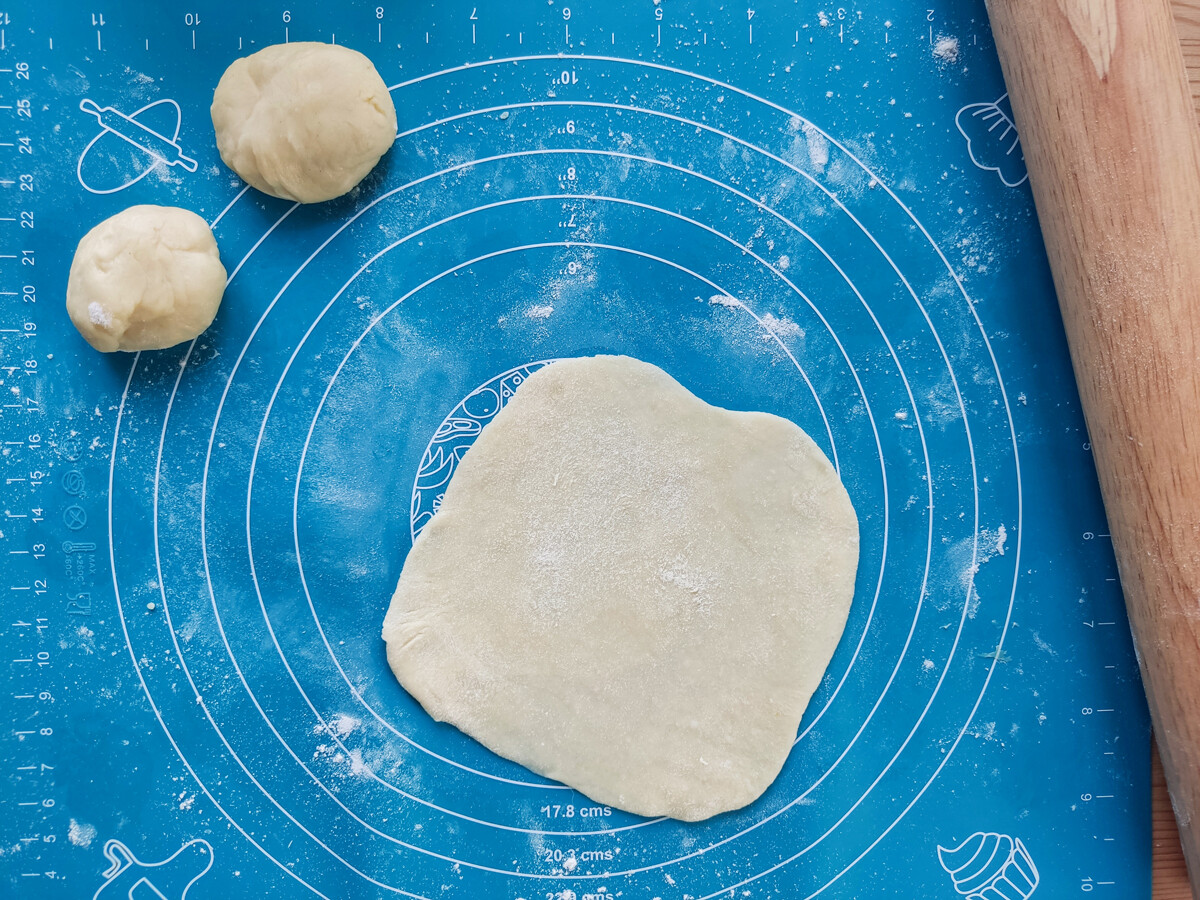
7. Sprinkle half of each circle with sugar, fold in half.
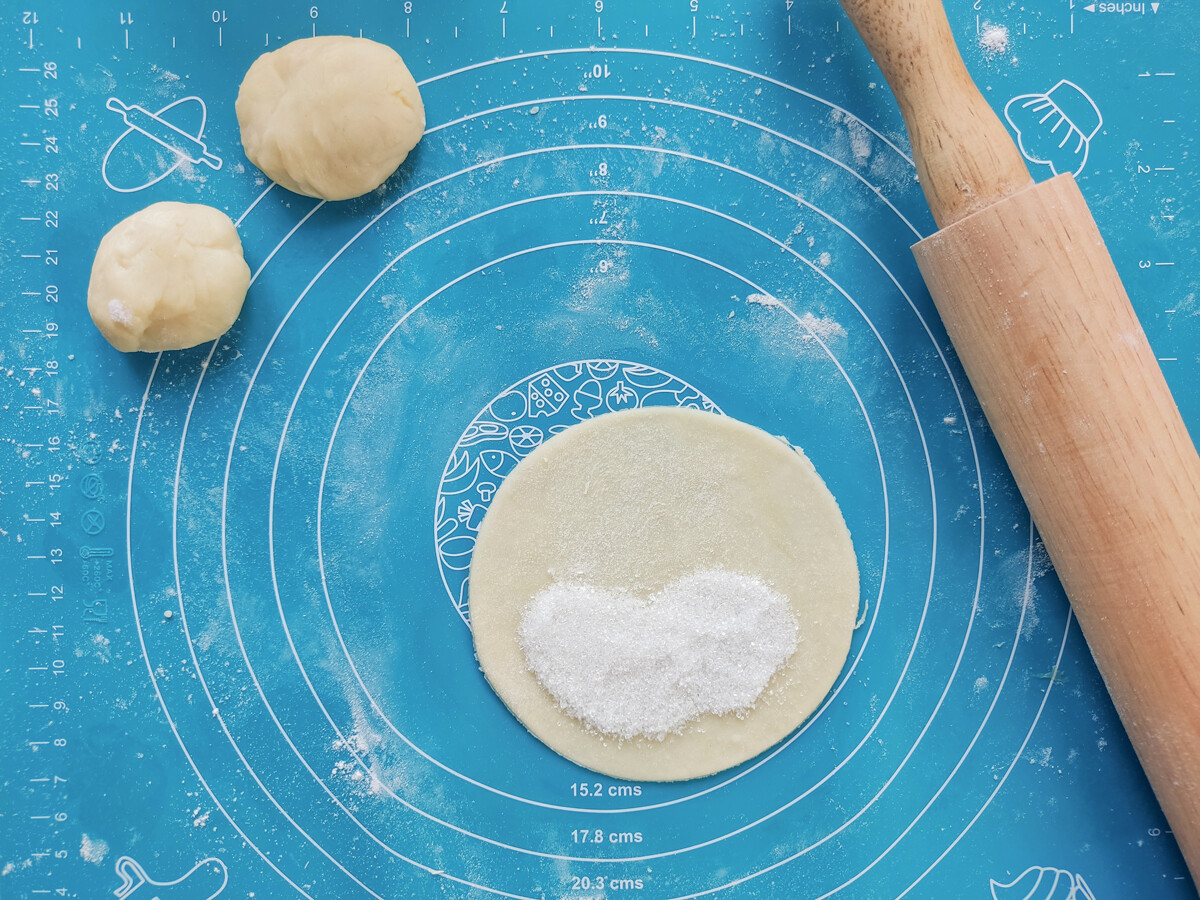
8. Pinch the edges using a fork.
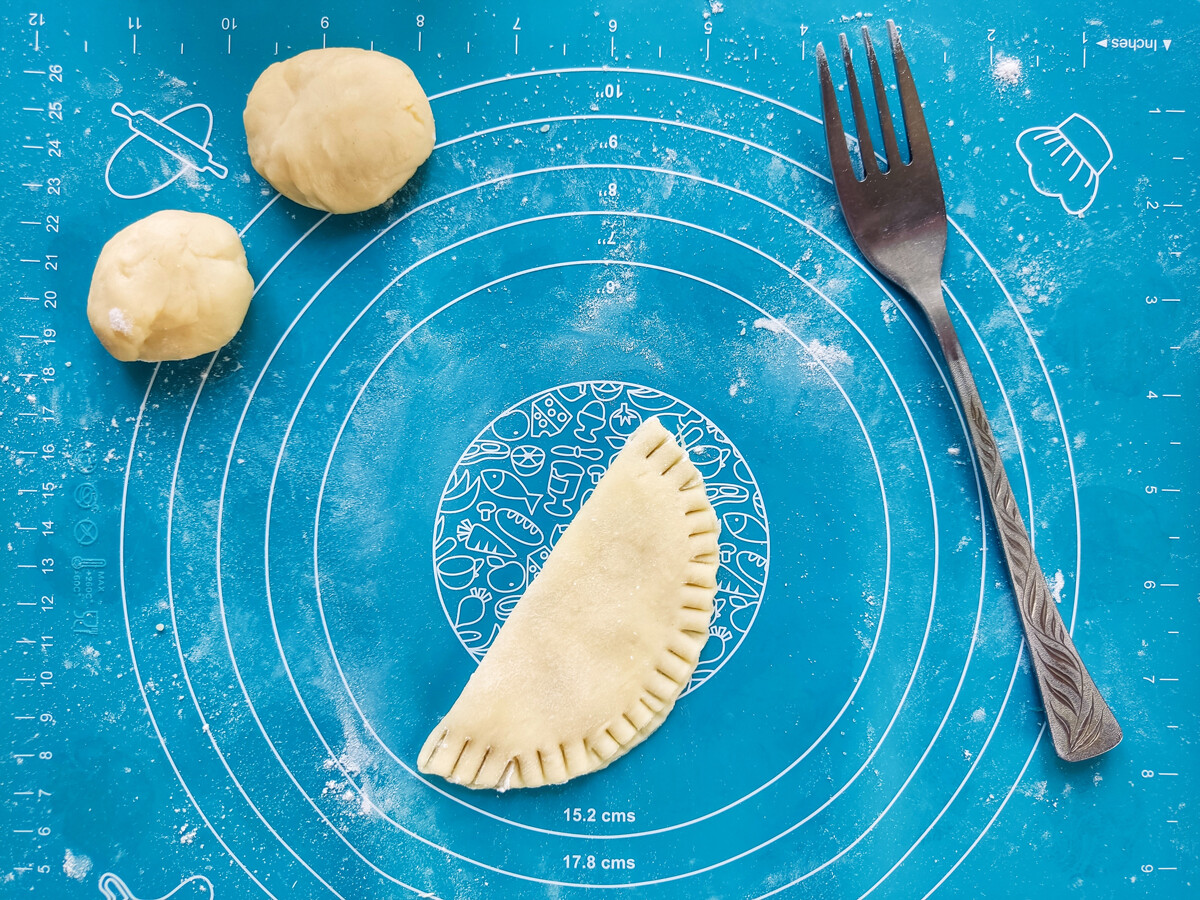
9. Fry the pies in a well-heated frying pan, greased with vegetable oil on both sides.
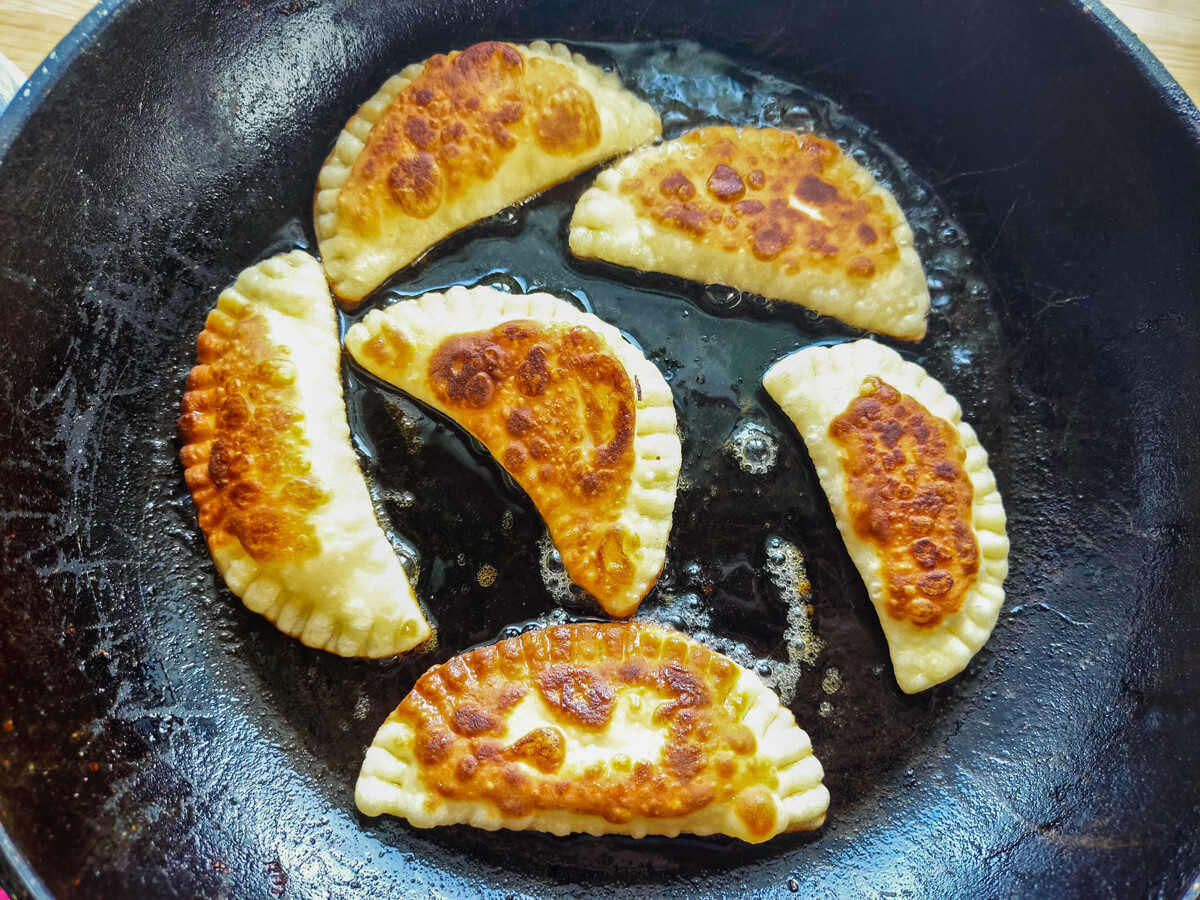
10. “Pies for a son-in-law” can be served with a dollop of sour cream or cloudberry jam, which complements the sweet and slightly tangy flavor of the pies. Enjoy!
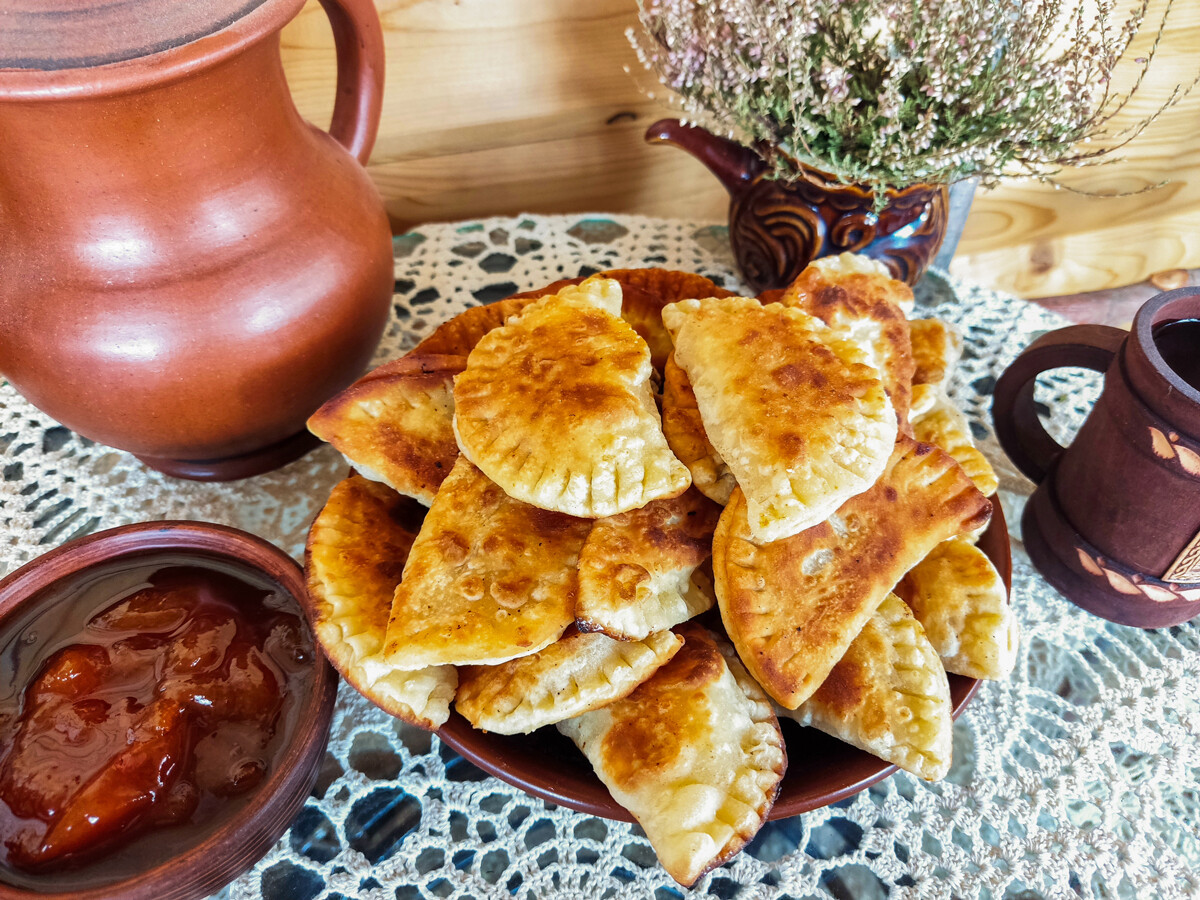
Dear readers,
Our website and social media accounts are under threat of being restricted or banned, due to the current circumstances. So, to keep up with our latest content, simply do the following:
Subscribe to our Telegram channels: Russia Beyond and The Russian Kitchen
Subscribe to our weekly email newsletter
Enable push notifications on our website
Install a VPN service on your computer and/or phone to have access to our website, even if it is blocked in your country
If using any of Russia Beyond's content, partly or in full, always provide an active hyperlink to the original material.
Subscribe
to our newsletter!
Get the week's best stories straight to your inbox